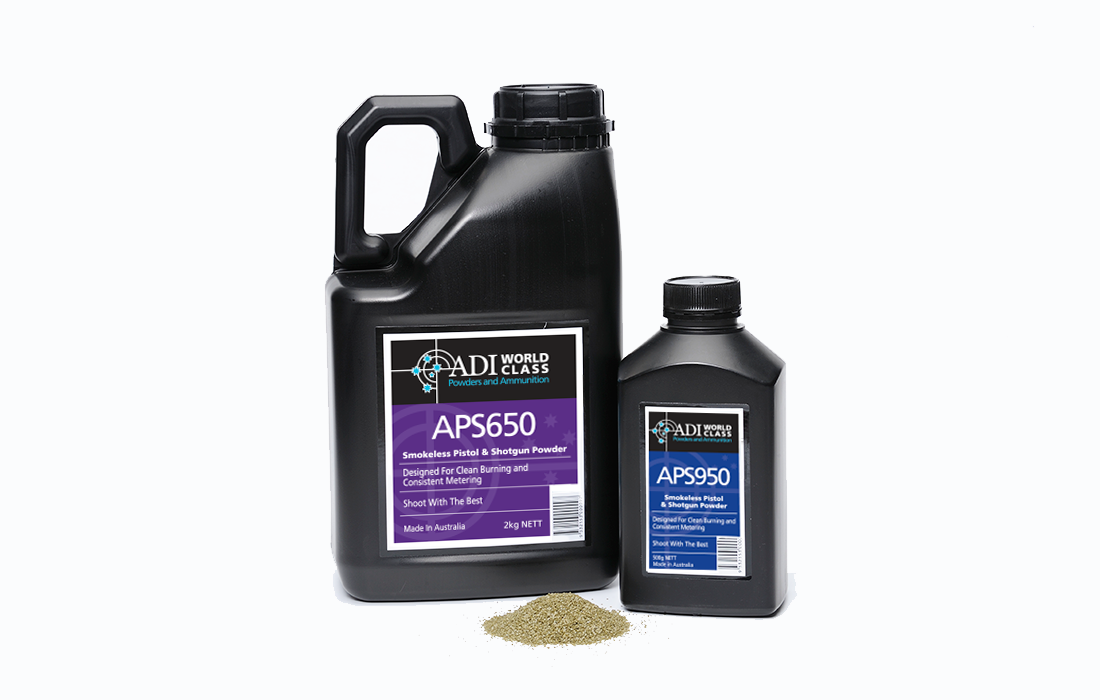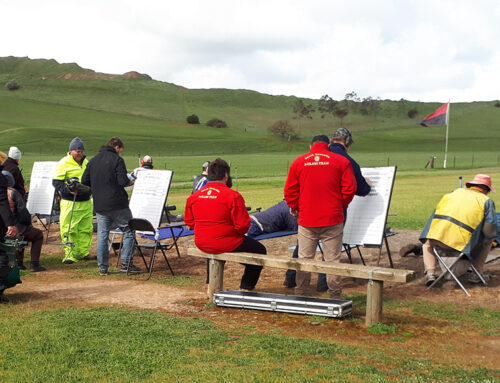It has been quite some time since we offered up a formal update on the progress of our AP70N and AP100 equivalent propellants. We would like to take this opportunity to thank you for your patience and do understand that you are all very anxious by now to know what is going on.
Here at Australian Munitions we continue to grow and improve production efficiency at the modernised Mulwala facility. As part of this ongoing process we’ve faced some specific difficulties with certain products that has meant a longer than anticipated development lifecycle.
With any new propellant design, especially one that is fundamentally different in chemical composition from propellants we have previously manufactured, having a finished specification is only half the battle. We need to ensure we can consistently make the product, and that the product continues to meet the specification as designed, ensuring you as a loyal end user receive the highest quality product we can make.
There still is no quick and easy way to make this type of product. On average, each batch that is released, has taken 6 months from start to finish to produce, followed by more time to get the propellant out to your local dealer via our distributors. Combine these timelines with a research and development project that may have multiple iterations before a product of the correct quality is delivered and this is where we’ve found ourselves most recently.
All that aside, we have some positive news for you.
The projects to deliver APS650 and APS950 (replacing our AP70N and AP100 products respectively) have progressed in leaps and bounds, and while we are not in a position to offer a specific availability date we expect it to be some time in Q1, 2020.
The primary items that are delaying the release are the development of reloading data as well as relevant transport approvals from State and Territory regulatory bodies, the latter of which we have no control over.
We look forward to offering our next update sometime near the end of January, where we hope to have a much better understanding of specific availability timelines.



